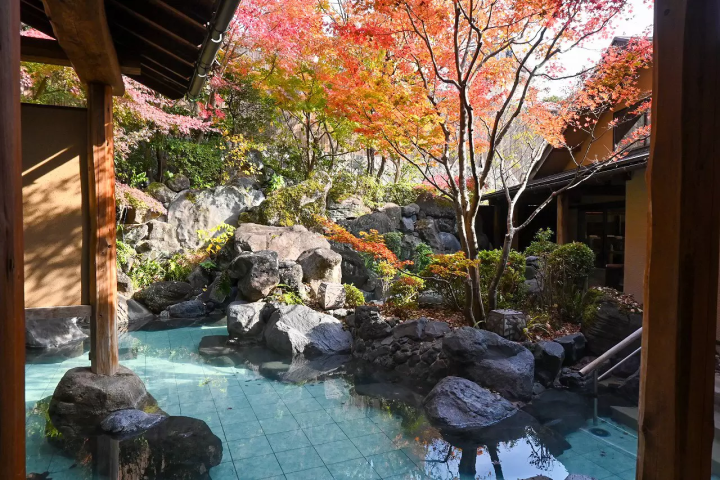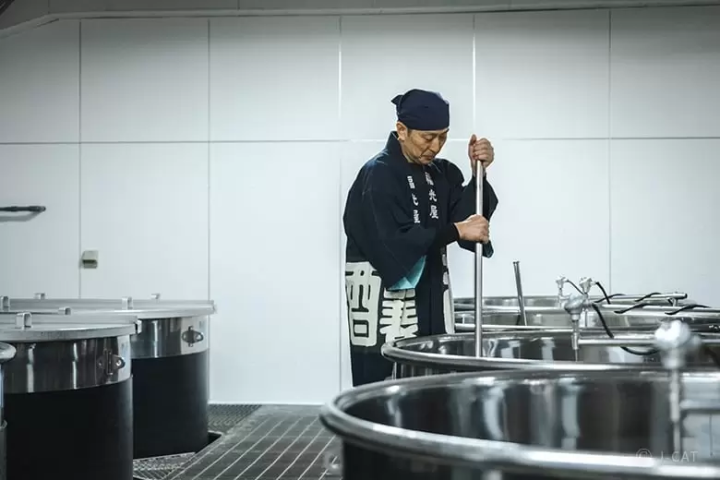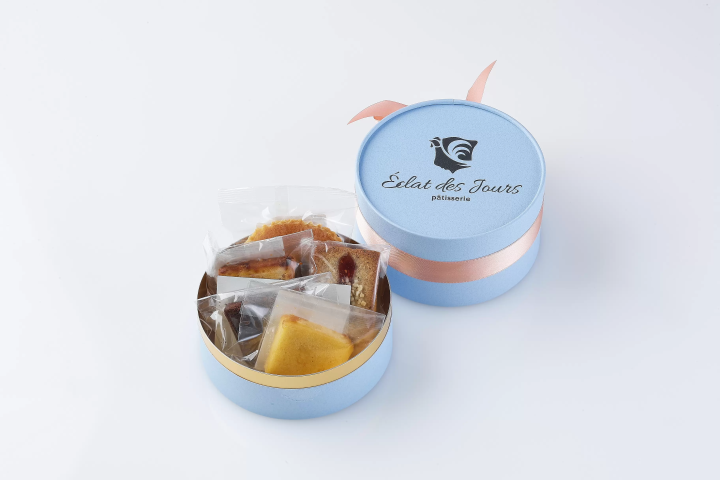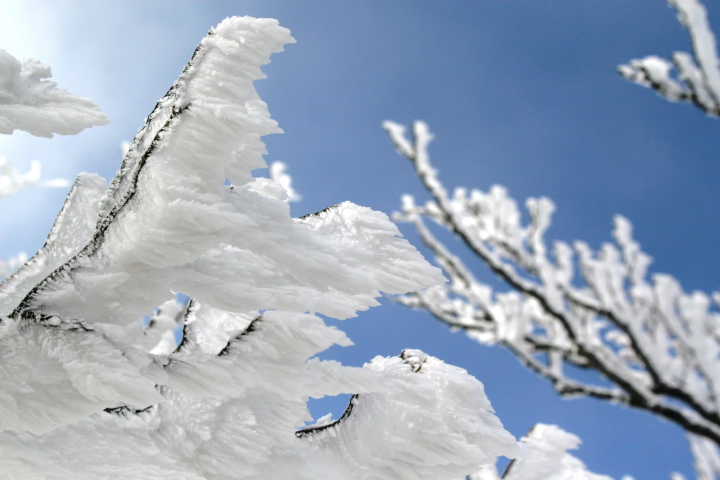Kasamori, A Temple That Has Withstood Earthquakes For Over 1200 Years

Kasamori Temple, located in the low mountainous area of central Chiba Prefecture, is an imposing temple built on massive rock outcrop using unique construction techniques. Visit Kasamori to see this amazing architecture!
Kasamori Temple, located in the low mountainous and forest area of central Chiba Prefecture, is an imposing temple built on massive rock outcrop using unique construction techniques which have helped the temple withstand earthquakes over past 1,200 years.
Kasamori Temple - Housing Kosazuke Kannon, The Goddess of Mercy


The entrance to Kasamori Temple is located 200 meters from the Kasamori bus spot. At the entrance to the hiking path to Kasamori, there is a group of assorted Jizo statues. As you climb the long, winding concrete stairs through the woods to the temple you’ll come upon Sanbon-sugi, three massive cedar trees that have fused together and are estimated to be at least 800-900 years old.

A short walk further up the slope is the Kosazuke Kusunoki or “the camphor tree that blesses one with a child”.


You’ll notice the large, passable hole in the tree’s truck. Legend has it that women who pass through the truck will be blessed with a healthy baby. Immediately behind the camphor tree is the Kosazuke Kannon, the Kannon (Goddess of Mercy) devoted to granting conception.

Continuing up the gradual slope you’ll see a wooden sign on the right inscribed with a haiku (a Japanese poem of seventeen syllables) by the haiku poet Matsuo Basho (1644 - 1694) who visited the temple. The haiku reads “Samidare ni, kono Kasamori wo sashi, mogusa” which is roughly translated as “In the rainy season, here at Kasamori Temple, I received moxibustion'. (Moxibustion is a form of heat therapy originating in traditional Chinese medicine that involves the burning of mugwort, a small, spongy herb, to facilitate healing).

As you pass through Kasamori’s Niten Gate you’ll notice a pair of fearsome Buddhist Deva guardians on both sides.
History of Kasamori Temple
According to temple records, the temple was founded in 784 by Priest Saicho of the Tendai School of Buddhism who saw an image of Kannon (the Goddess of Mercy) in the roots of a camphor tree and later carved the eleven-headed Kannon out of a camphor tree that now resides in the main hall of Kasamori Temple.

Almost 300 years later, in 1028, Emperor Go-Ichijo ordered that a great hall be constructed to house the sacred Kannon statue. Kannon-do, the main hall, was constructed on a huge rocky outcrop using the “shiho-kakezukuri” architectural design, which implies that the building is raised several feet above ground on pillars. Kasamori Temple is the sole example of this type of construction in Japan.
According to historical records, when the Crown Princess to Emperor Go-Ichijo died, the most beautiful women of the village of Onoe near Kasamori was chosen and sent to the Imperial Capital Kyoto to become the main consort of Emperor Go-Ichijo. Kasamori Temple, therefore, received the patronage of Emperor Ichijo and flourished.
Kasamori is number 31 of the 33 temples of the Bando Pilgrimage. This circuit of 33 popular Buddhist temples of the Kanto region is dedicated to Kannon which assumes 33 different forms and thus explains the reason why the pilgrimage consists of 33 temples. For more information on Kannon, please read also: Oya-ji Temple, and Tochigi - The Oldest Buddhist Stone Reliefs in Japan).

Pilgrims on the Bando pilgrimage have each temple’s stamp entered in their Nokyocho (stamp book). Upon visiting Kasamori, I had my Nokyocho inscribed by the temple’s priest and now there are only seven more Bando temples on my pilgrimage.
Kasamori has always been one of the most famous and popular temples of the Bando circuit which is probably the reason why the famous ukiyo-e woodblock artist Utagawa Hiroshige II included a print of Kasamori in “The Hundred Views of the Province” series dated 1859.
Earthquake Proof Construction

The temple is supported on all four sides by 61 wooden pillars of various lengths and crossbeams and is 30 meters above ground. It is approximately 9 meters by 7 meters and uses a mortise and tendon-like method to combine the pillars and crossbeams without any nails.


However, modern engineers discovered that the use of “kusabi” (wooden wedges) inserted at the intersections of the pillars and beams have helped the temple survive many earthquakes over the past 1,200 years. Over time the wooden “kusabi” shrink and allow wiggle room when earthquakes strike. In fact, Kannon-do is the only original structure remaining of Kasamori Temple.
After World War II, the temple fell into disrepair and in 1958 the government undertook a two-year project to restore the temple. During the restoration work, several valuable historical documents were discovered that confirmed the temple had undergone restoration work in 1426 and between 1573 and 1592.
Kannon-do, the Hall of the Great Kannon
A couple of points of etiquette to follow prior to visiting the main hall are to purify your hands and mouth. Remove your shoes at the staircase entrance, put on the slippers provided and put your shoes in a plastic bag. Purify your hands and mouth at the purification trough near the entrance.

After climbing the 75 steep steps to reach the main hall, the verandas on all four sides offer specular views of the temple grounds, Boso Peninsula, the Pacific Ocean in the far distance and the magnificent tall cedar trees of the forest of Kasamori-tsurumai Prefectural Natural Park that surrounds the temple.


At the entrance to the hall is a thick rope (futozuna) extending from the entrance to the interior altar. Pilgrims on the Bando Pilgrimage and others have tied bandanas or handkerchiefs on which they have written prayers. At the end of each year, the rope is taken down, burned in a scared ritual and replaced with a new one.

The eleven-headed Kannon enshrined in Kannon-do has been designated an Important National Cultural Property. As with many temples, the Kannon Statue is seldom on view to the public. Kasamori’s Kannon is only displayed to the public during the Horse and Ox years of Chinese zodiac calendar (i.e. twice every 12 years). The statue on view is actually a “maedachi” Kannon which is a smaller representation of the temple’s principal Kannon that is seldom displayed.

Before leaving the temple grounds, take some time to visit Rokkaku-do, the hexagonal shaped hall where the guardian deity of pregnancy and childcare is enshrined.

Time Out at the Kuroneko (Black cat) Café

Located within the temple grounds next to the souvenir shops is the Kuroneko Café which opened in December 2016. It’s an opportunity to enjoy matcha (finely ground powder Japanese tea) and also traditional Japanese confectionery. Their ice cream is delicious.
Souvenirs from Kasamori - The Black Maneki-neko
The popular and bestselling souvenir at Kasamori is the pair of black maneki-neko, the “beckoning cats” which are believed to bring good fortune. Almost all maneki-neko are white so the black maneki-neko are quite unusual. To bring good luck they should be placed near the entryway to homes or businesses and face east or south with the best position southeast.

Lastly, if you have time and energy, try exploring the surrounding area hiking the well-marked Kasamori nature trail behind the temple which includes a scenic overlook.
Access to Kasamori Temple
The closest stations to Kasamori Temple are the JR Mobara Station of the JR East Sotobo Line or the Kazusa-Ushiku Station of the Kominato Railway which is the closest station and only a 17-minute ride to the Kasamori Bus Stop. From the south exit of the JR Mobara Station take the bus bound for Kazusa-Ushiku Station and from Kazusa-Ushiku Station take the bus bound for JR Mobara.
There are only 5-6 buses (about every 3 hours) during the weekdays from both stations. Your best option is to take a taxi which is only a 5-minute ride from JR Mobara.
You May Also Like
Oya-ji Temple, Tochigi - The Oldest Buddhist Stone Reliefs In Japan
Want To Adopt An 800 Year Old Rice Paddy? The Charm Of Oyama Senmaida
Seichoji And Tanjoji, Two Beautiful Temples Related To Nichiren
A Memorable Excursion By Steam Locomotive Along Oigawa River, Shizuoka
Farm Stay In Shizuoka - Enjoy Local Hospitality And Beautiful Sights











































![[Latest] Complete Guide to atmos Exclusive Sneakers and Special Edition Models | Apparel and Upcoming Releases](https://resources.matcha-jp.com/resize/720x2000/2025/12/12-252706.webp)